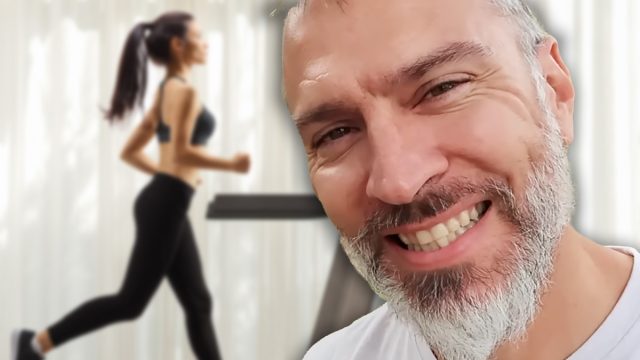Bodybuilding Pro's Top 30-Minute Walking Workout to Burn Belly Fat
Are you tired of pretending that one day you'll miraculously be able to squeeze into those cool pants you bought right before the pandemic? Do you want to lose some weight but never have time to go to the gym? How about burning fat while doing something you're already doing: walking?
Coach Paul Revelia, who holds a Master's in Physiology and is an OCB Bodybuilding Pro, uses a strategic walking workout to shed fat and maintain a lean physique year-round. With over 30 years of weightlifting experience, Revelia shares his insights on how walking can be a game-changer in your fitness journey. Read on to learn his pro tips and start burning that stubborn fat.
The Power of Incline Walking
Revelia emphasizes the effectiveness of incline walking on a treadmill. "Though I'm very sedentary throughout the day, I can burn a lot of calories on a treadmill using the settings of speed and incline to increase the caloric expenditure," he explains in the video. This method allows for maximizing time and calorie burn, even for those with busy schedules.
Revelia adds, "Before you balk at that, if you haven't walked on an incline treadmill before, it is very challenging." He notes that while outdoor strolling is also cardio, it burns fewer calories. The incline treadmill method excites him about the process, and when progress stalls, he simply adjusts speed, incline, or adds more sessions.
The 30-Minute Walking Workout
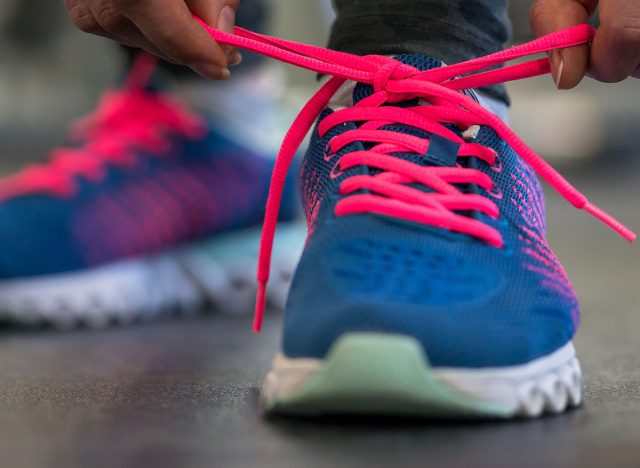
Revelia in the video breaks down his 30-minute walking workout into phases:
- Warm-up (5 minutes): Start at incline 1-2, speed 2-2.5
- Gradual increase (5 minutes): Incline 3, speed 3
- Main phase (15 minutes): Maintain incline 3, speed 3
- Intensity boost (5 minutes): Incline 5, speed 3.2
- Final push (4 minutes): Incline 6, speed 3.4
- Cool-down (1 minute): Return to starting settings
He advises, "Make sure that you are actually doing the work. Okay? So it doesn't sound like a lot and different machines are going to have different stress levels."
The Science Behind Fat Loss and Walking
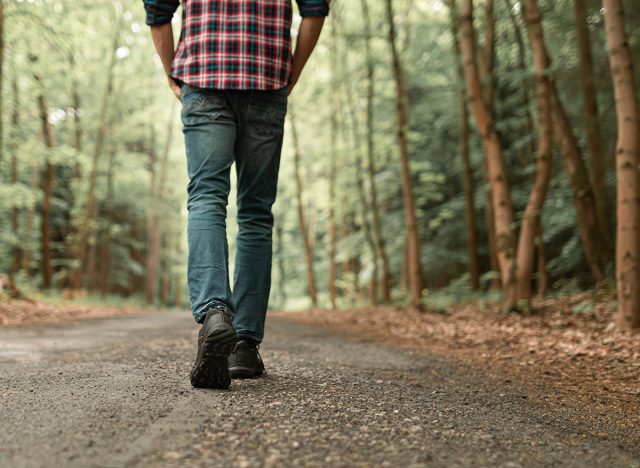
Revelia in the video explains the science of fat loss: "The lower the intensity, the exercise, the higher percentage of your body fat is going to be used as fuel." He notes that low-intensity exercise like walking doesn't increase hunger and allows for quick recovery, making it easier to maintain a calorie deficit throughout the day.
This aligns with scientific research on exercise intensity and fat oxidation. Studies have shown that moderate-intensity exercise, such as brisk walking, can maximize fat oxidation rates. The "fat-burning zone" is typically around 60-70% of maximum heart rate, which corresponds well with the intensity of Revelia's recommended walking workout.
Other Benefits of Walking
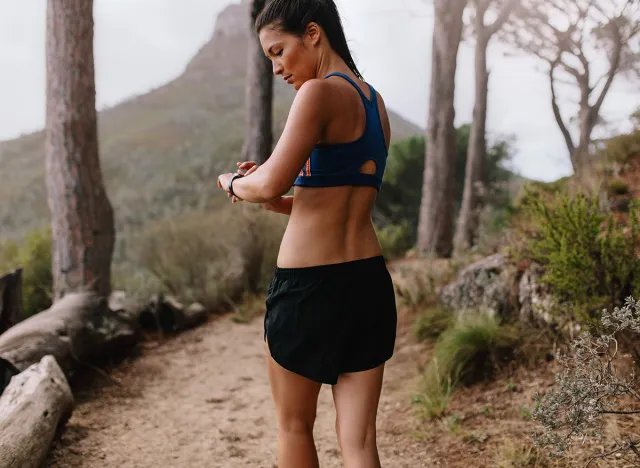
Katya Campbell, GM/Fitness Director at Mountain Trek Health Reset Retreat, adds, "Movement is the most effective tool to create a long, active, healthy life. Walking, running, hiking, etc. are all amazing opportunities to fine-tune our cardiovascular system." Campbell also highlights the role of walking in reducing inflammation and promoting circulation.
Revelia shares personal benefits: "I found that I was less hungry throughout the day. I found out that I was more motivated. It also kind of wakes me up and gets me going and gives me energy throughout the day." He notes that this routine has helped him maintain visible abs at 48 years old.
Walking Also Help You Regulate Your Hormones

These anecdotal benefits are supported by scientific research. Regular exercise, including walking, has been shown to improve mood, increase energy levels, and even help regulate appetite hormones. A study published in the journal Medicine & Science in Sports & Exercise found that morning exercise was associated with improved decision-making throughout the day, including food choices.
Samantha Clayton, a certified fitness trainer, adds, "Walking is a perfect gentle approach to exercise. Its benefits are vast—improving heart health, mobility, and mental well-being, just at a lower intensity. It's easier on the joints and is a perfect starting point for those who have been sedentary."
The Key to Success

"Ultimately, fat loss comes down to creating a caloric deficit," Revelia states. He emphasizes the importance of combining regular walking workouts with proper nutrition and resistance training. Revelia recommends losing 1-1.5% of body weight per week for sustainable results.
He warns, "You can do this walking routine every single day and gain body fat, how that's right by eating like an asshole. If you don't treat yourself well in the kitchen with your nutrition, understanding what your caloric intake is, all the cardio isn't going to matter."
This advice is backed by numerous studies showing that combining diet and exercise leads to greater fat loss than either approach alone. A meta-analysis published in the Journal of the Academy of Nutrition and Dietetics found that interventions combining diet and exercise resulted in greater long-term weight loss than diet-only interventions.
RELATED: 10 Foods That I Will Never Eat Again After Losing 120 Pounds
Getting Started and Staying Motivated
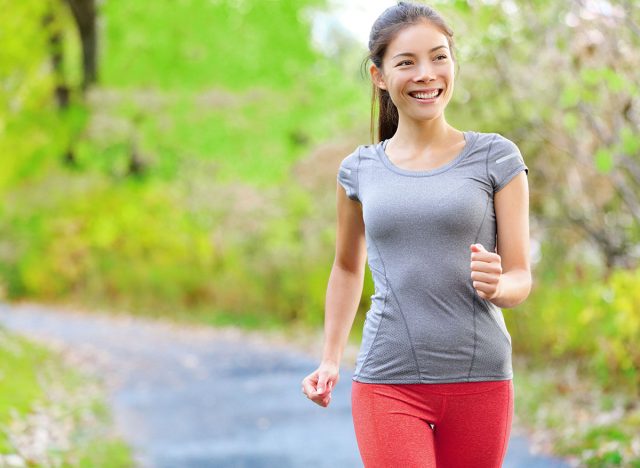
For beginners, Revelia in the video suggests starting slowly and gradually increasing intensity. He encourages consistency and patience, stating, "When you start stacking winds on top of winds, you get a little momentum. It's very empowering." He recommends prioritizing your fitness goals and being accountable to yourself.
This gradual approach is supported by behavior change research. Studies have shown that setting small, achievable goals and gradually increasing difficulty leads to better long-term adherence to exercise programs.
Campbell emphasizes the overall health benefits: "When we move, we decongest the body. This is why doctors want us moving after surgery to help reduce inflammation and drain acute injury sites. By moving, we circulate blood, trigger lymphatic drainage, and activate our primary glucose disposal tissue: muscle."
Here are 10 practical tips from experts on burning fat while walking
Incorporate Interval Training

According to Yaa Boakye, RDN, LDN, CPT, alternating between brisk walking and a slower pace can boost your metabolism and increase fat burn. This method, known as interval training, keeps your body guessing and maximizes calorie expenditure1.
Walk Uphill

She suggests incorporating hills or inclines into your walking route. Walking uphill engages more muscles, particularly in your legs and glutes, leading to a higher calorie burn.
Use Your Arms

Swinging your arms while walking can increase your heart rate and burn more calories. Boakye recommends exaggerating your arm movements to engage your upper body and boost overall fat burning.
RELATED: He Tried the Blue Zone Diet for 7 Days: Here's What Happened to His Body
Maintain Good Posture
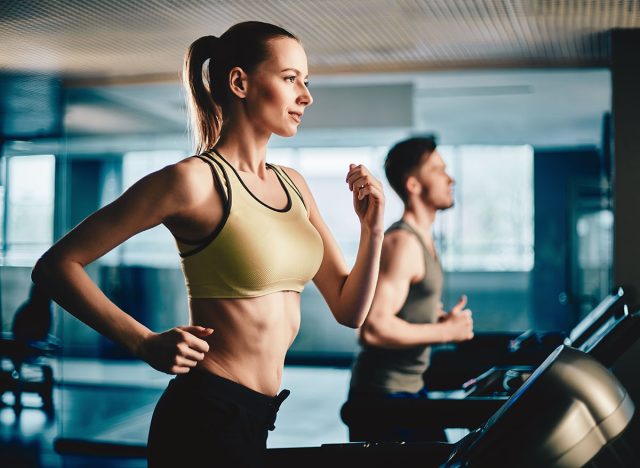
She emphasizes the importance of walking with good posture. Keeping your back straight, shoulders back, and engaging your core can help you walk more efficiently and burn more calories1.
Increase Your Speed

Boakye advises gradually increasing your walking speed to challenge your body and burn more fat. A brisk pace that makes you slightly out of breath is ideal for maximizing calorie burn.
Incorporate Strength Training
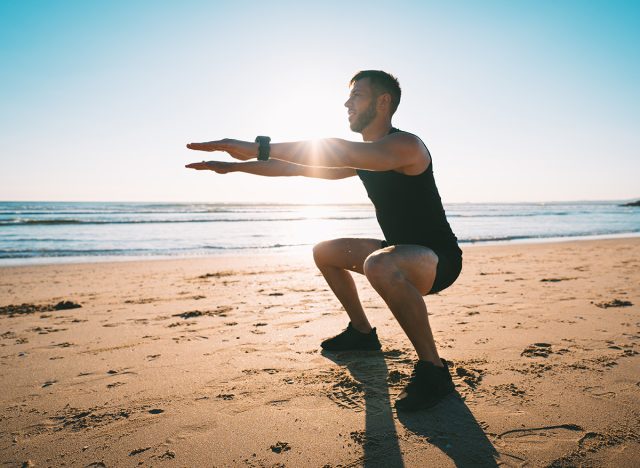
Adding bodyweight exercises like lunges, squats, or push-ups during your walk can increase muscle engagement and calorie burn. She suggests stopping every few minutes to perform these exercises.
Stay Hydrated
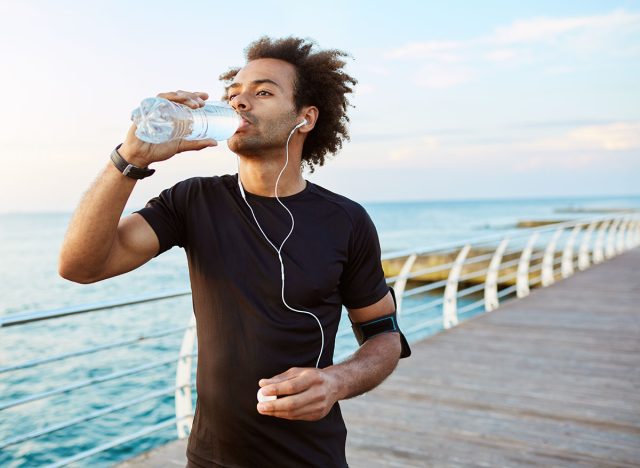
Drinking water before, during, and after your walk can help maintain your energy levels and support fat burning. Boakye highlights the importance of staying hydrated to optimize your workout performance.
Walk Consistently
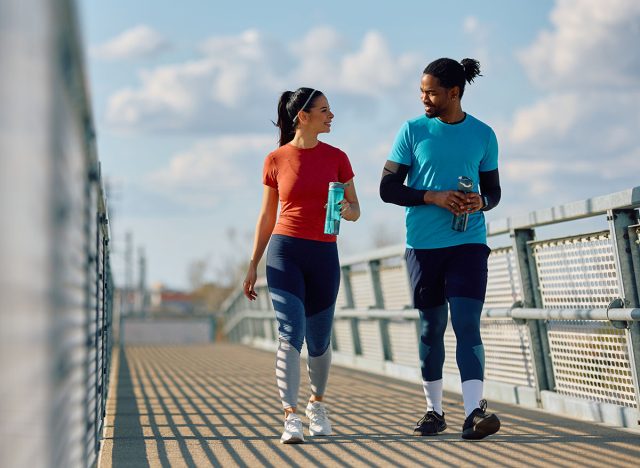
Consistency is key to seeing results. She recommends setting a regular walking schedule and sticking to it. Daily walks, even if short, can contribute significantly to fat loss over time.
RELATED: Top 5 Foods to Lose Belly Fat
Track Your Progress
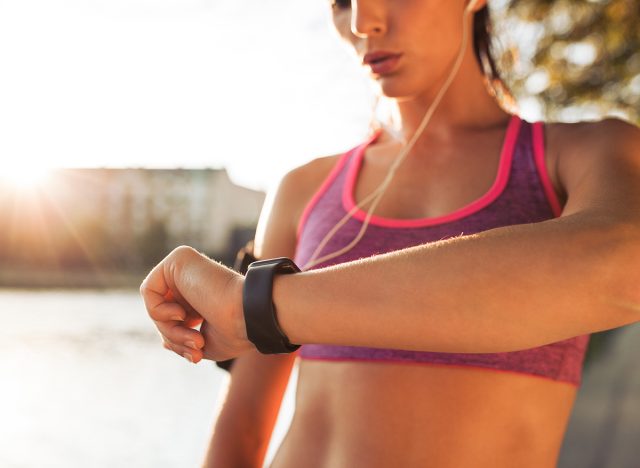
Using a fitness tracker or app to monitor your steps, distance, and calories burned can help you stay motivated and see your progress. Boakye suggests setting goals and celebrating milestones to keep yourself on track.
Combine with a Healthy Diet
Boakye agrees with Coah Revelia that walking alone isn't enough for significant fat loss. Combining regular walks with a balanced diet rich in whole foods can enhance your results and support overall health. And if you enjoyed this article, don't miss 12-3-30 Walking Method: 20 Proven Tips to Lose Weight Faster.
